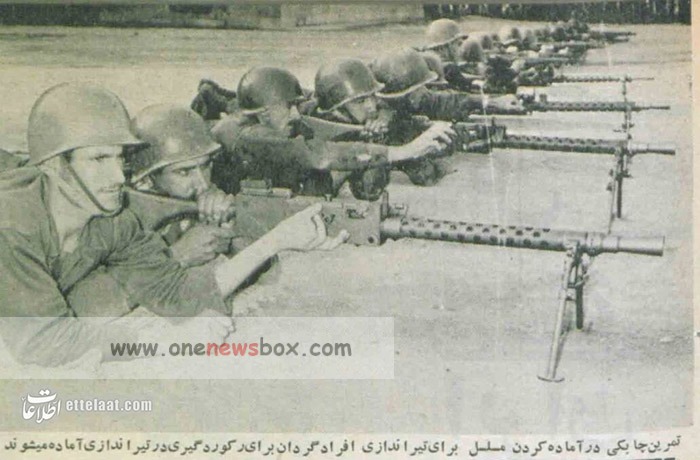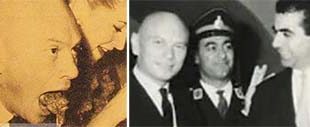This high level of professionalism was no accident. The Guard members received elite training both domestically and abroad. Many officers were sent to Western countries to attend military academies, and NATO-standard tactics were incorporated into their curriculum. These efforts helped turn the Immortal Guard into a symbol of military prestige for the Shah’s regime.
Structure and Leadership in the Final Years
By 1978, as Iran was gripped by protests and growing unrest, the Immortal Guard was under the command of Lieutenant General Abdol Ali Badrei, who simultaneously served as Commander of the Imperial Iranian Ground Forces. His deputy in the Guard was Lieutenant Colonel Mehdi Rahimi, a prominent figure who would later be executed by the revolutionary regime.
Despite being structured for combat and internal security, the Immortal Guard maintained its principal focus: protecting the royal family and the monarchy’s symbols. This specialization would, however, become a limitation during the turbulent months leading to the Shah’s downfall.

